





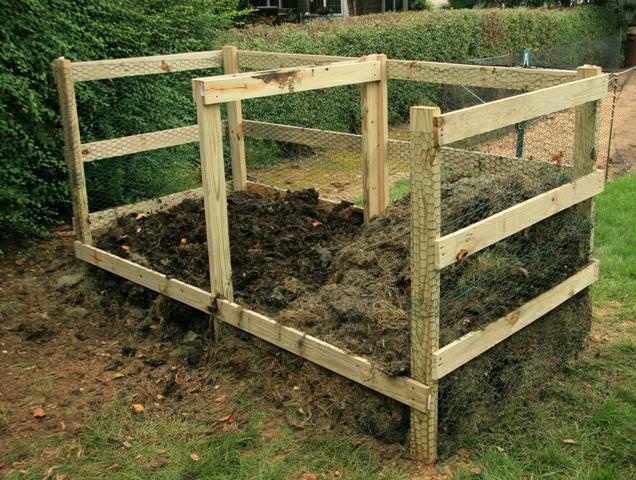
We all know by now that composting is important to the environment. It allows natural waste to return to the earth, while adding a nutrient rich material to our gardens. Here is a break down of the top 3 most common techniques for composting for the home gardener.
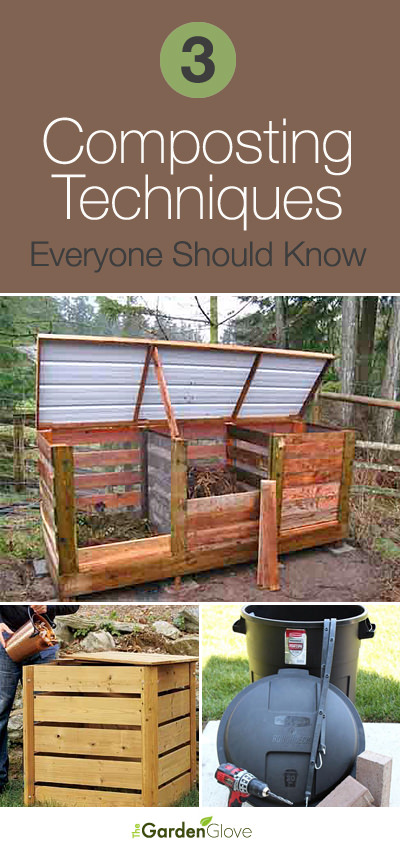
Hot Composting – Open Bins
Hot composting is the most intensive method, but also the fastest way to get finished compost. It involves building compost piles that have a balance of green material (nitrogen), oxygen, water and brown material. The most common method is a three bin open bin method. Made of open slats to allow the piles to breathe, this option is not a great choice for those with limited space, or who will not keep up with turning the pile…. But for those with a little space in the back of the garden, it’s the fastest way to generate a larger amount of compost, and to utilize a larger amount of scraps. Here’s how to make an open bin hot compost pile.
Build or buy three, side by side compost bins. ‘Backyard Feast’ has a complete tutorial on building the ultimate compost bin.
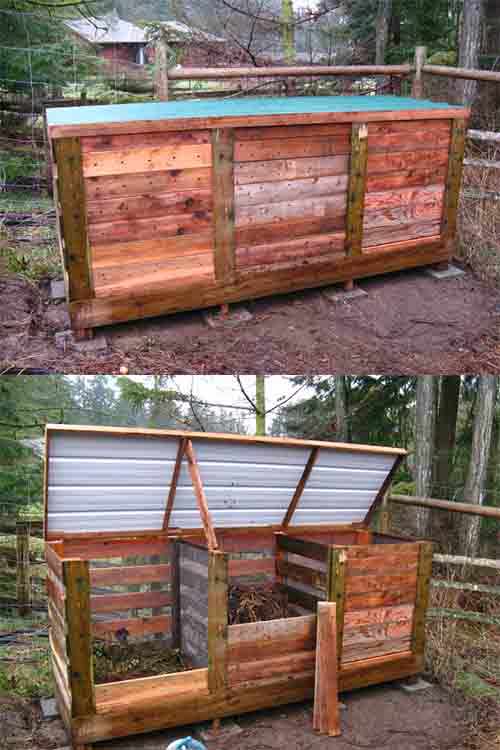
Bin #1 will be for brown materials…kind of a holding area for things you want to compost.
Bin #2 is where all the action happens.
The benefits to having the three bin system is that you can continue to collect brown materials during the season in bin #1, and that once you move the compost to bin #3 to settle, you can start over again with a new compost pile. Moves things along a lot faster!
You can also create a hot compost pile in just one bin if you have don’t have space, or don’t have much material to compost… it just means you can only work on one pile of compost at a time. ‘This Old House’ shows you complete plans on making a single compost bin.
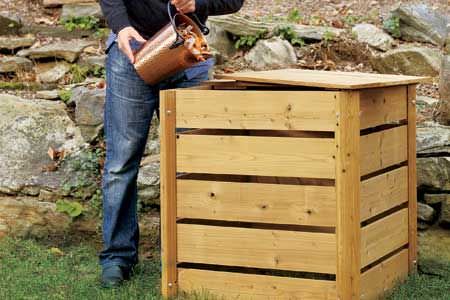
Hot Composting – Closed Bins or Tumblers
This is a one bin system where you use a closed bin or tumbler, add the same “hot” ratio of green to brown and water, then turn the bin itself to mix the ingredients once a week or so. This saves you from having to deal directly with the compost, and saves a little on your back as well! The downside is that you can only make a small amount of compost at a time. If you don’t want to buy a tumbler, ‘Full Measure of Happiness’ shows us how to make a DIY compost bin from a plastic garbage can!
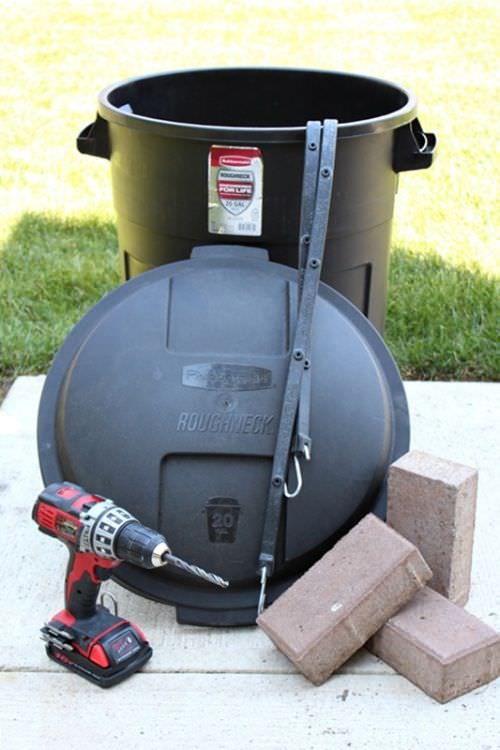
A more intensive project will keep you composting like a pro. ‘Urban Farm Online’ has a tutorial for this DIY compost tumbler you can use year after year.
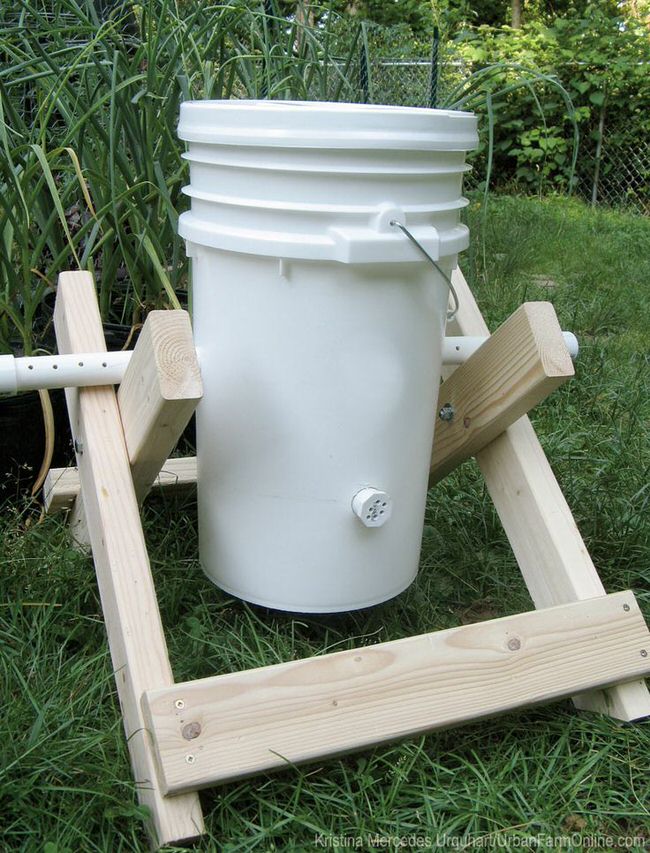
Cold Composting – Otherwise known as the lazy mans compost pile!
So for all of you groaning out loud because all that sounds like so much work, I have good news. Stuff will compost with or without your help. It’s just a matter of how fast! Cold composting works, but it can take 1-2 years, depending on what kind of materials you have in your pile. Basically, this is the way to do it…
This info graphic by Well Home tells your everything you need to know about hot and cold composting, and also some less well known (and one icky!) composting techniques.

That’s it! Three easy techniques for composting everyone should know! It’s not rocket science, and there is no compost police that is checking to make sure you have turned your pile this week. Just remember, the more attention you give it, the faster it will give you a wonderful, organic soil conditioner for your garden!
Copyright © www.100flowers.win Botanic Garden All Rights Reserved